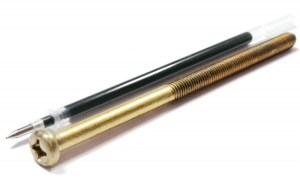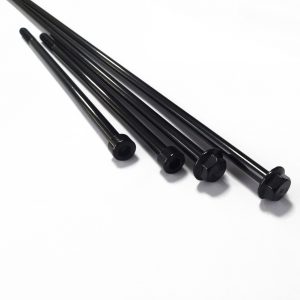How to check the electroplating effect of very long screws?
Those who have an understanding of screws know that screws are generally needed to electroplate, otherwise, it will be easy to rust, and the surface is not good. So, for the very long screws, the electroplating effect is how to check?

- Whether the screw has become bent. This is important for very long screws. Ordinary screws will not bend when they are electroplated. The reason why very long screws bend is that they are too long. If the screws are electroplated in the roller, they will roll around and bend.
The appearance of electroplating. From the appearance, to see whether the screw is exposed to white (that is, there is no local electroplating), peeling, skin, rough, and so on. The surface is not allowed to have pitting, electroplating left a residue, cracking, and so on.

Three, the distribution of the electroplating layer. When electroplating, if not properly operated, the coating will not be evenly distributed on the surface of the screw, some thick some thin. If the coating is too thin, the whole screw will receive erosion faster, very long screws will rust easily, the service life will be reduced.

Four, hydrogen embrittlement. This usually happens with very long screws made of carbon steel. If the screw is not removed in time, the screw is very easy to break. This is because when the screw is tightened, the hydrogen that is not removed will be transferred to the part where the stress is concentrated, causing the pressure to rise beyond the strength of the material itself and causing tiny surface cracks. The hydrogen works especially well and soon seeps into the newly formed fissure until the screw breaks. This usually occurs within a few hours after the first screw is tightened.
|
Skype: kalyn qin
M: +86 18818786322
Tel: +86 0755-85296744
annie@szsst88.com
Add: No. 11, Dinghou Road, Dongfang Community, Songgang Street, Baoan District, Shenzhen, Guangdong, China |